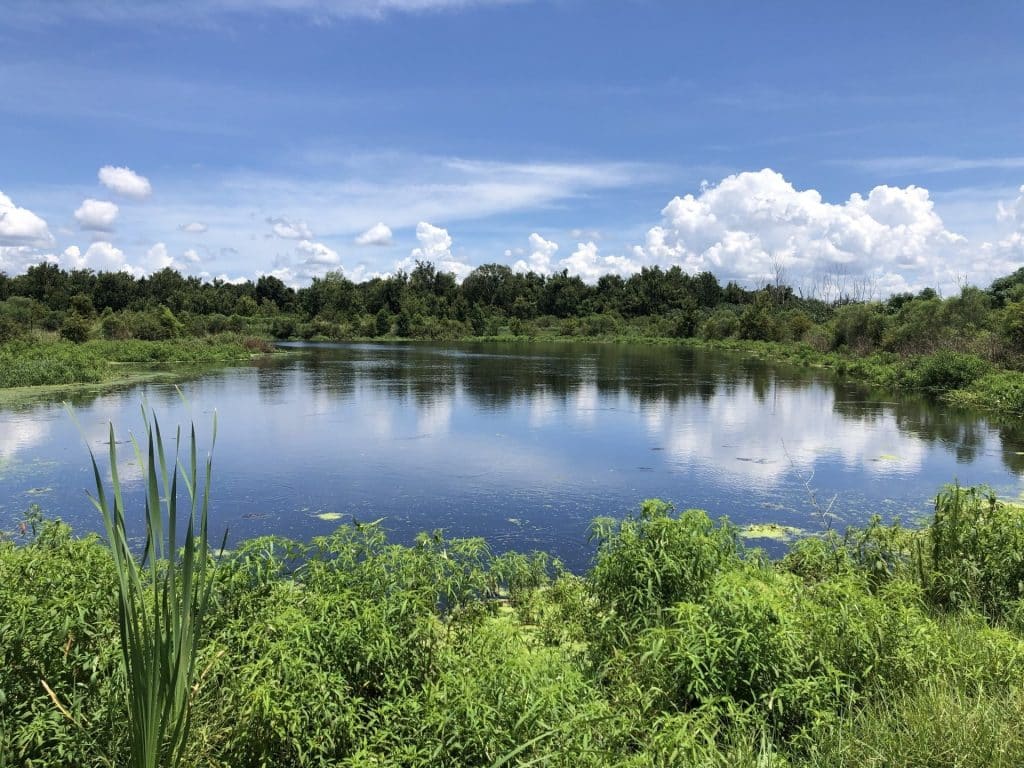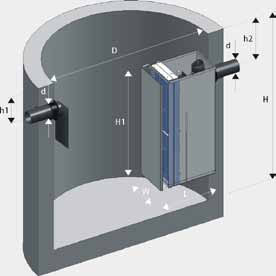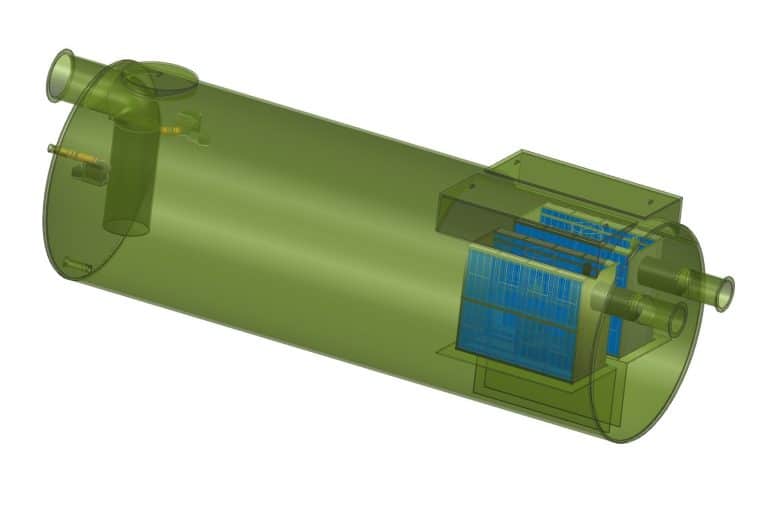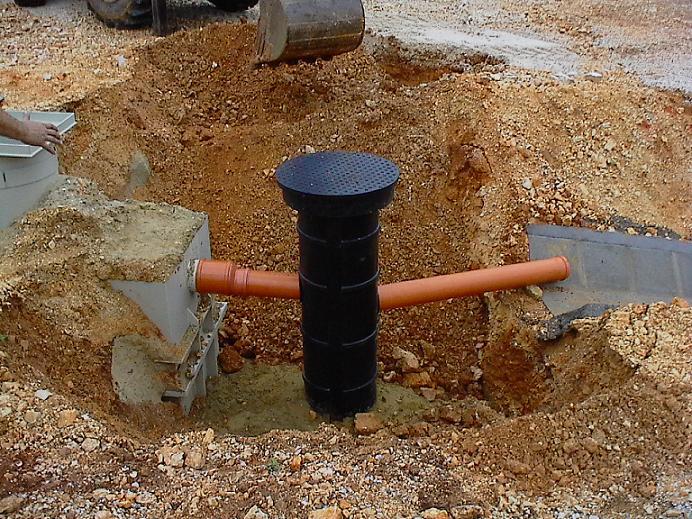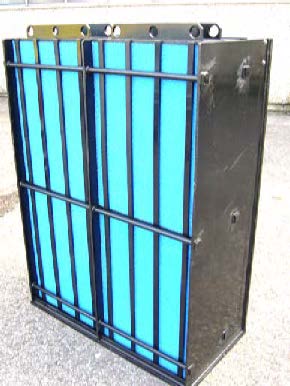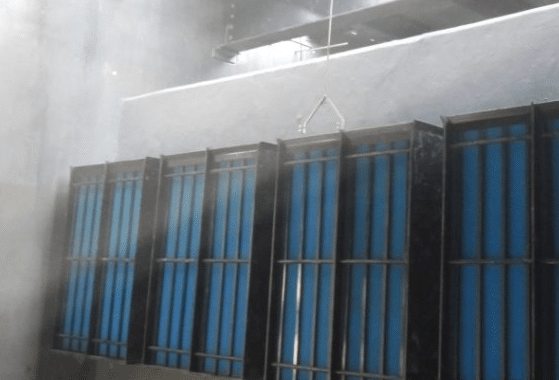Ever thought about What Regulations Apply to Air Compressor OWS or what’s in your air compressor’s condensate? As industries aim to meet environmental standards, knowing air compressor oil water separator rules is key. Following these rules isn’t just about avoiding fines. It’s about keeping our planet safe and saving money.
The U.S. Environmental Protection Agency (EPA) has strict rules in Title 40 Part 279. These rules cover how to manage waste oil. Even though compressor oil is not hazardous, it must be handled carefully. This ensures we follow federal, state, and local laws.
Using air compressor oil water separators can also save a lot of energy. This could make your operations 10-30% more efficient. Such savings can cut costs and even get you rewards from power companies. In this article, we’ll explore the complex world of oil water separator rules. We’ll see why following them is important and how new technologies can help.
Key Takeaways
- The EPA sets detailed waste oil management guidelines under Title 40 Part 279.
- Managing compressor oil is vital, even if it’s not hazardous.
- Oil reclamation involves filtering and refining for reuse.
- Improving compressed air systems can save a lot of energy and money.
- New oil-water separator technologies help meet rules and protect the environment.
Introduction to Oil Water Separators
An oil water separator is a key device for removing oil, grease, and other hydrocarbons from water. It’s mainly used in industrial settings. These systems help keep the quality of water that leaves operations involving air compressors high.
Their design makes sure contaminants don’t harm the environment. This is important for following air compressor regulations.
What is an Oil Water Separator?
Oil water separators work by letting water and oil separate because of their different densities. This helps treat the condensate from air compressors, removing up to 99% of oil contaminants. It’s vital for keeping operations running smoothly and meeting environmental standards.
Importance of Regulation Compliance
Following oil water separator regulations is key for places that handle compressed air systems. Laws, like the Clean Water Act from the EPA, set strict rules. These rules help avoid big fines.
If a facility doesn’t follow these rules, it could face legal and financial trouble. This can include fines over $10,000. Keeping oil water separators in good shape helps businesses run better, save energy, and make air compressors last longer.
Overview of Relevant Regulations
It’s key for industries to know the rules about oil water separators. Following these rules helps protect the environment and keeps operations running smoothly.
Federal Regulations
The EPA sets rules for oil water separators under the Clean Water Act. This law makes sure industrial waste doesn’t harm our waters. Places like oil refineries and chemical plants must follow strict rules to avoid fines and shutdowns.
State Regulations
States add to federal rules, focusing more on oil handling. They require regular checks and upkeep of oil water separators. This is to keep pollution low, protecting local waterways.
Local Regulations
Local areas have their own rules, based on what’s best for the community and environment. Places like construction sites and golf courses must follow these to keep their licenses and good relations with the community.
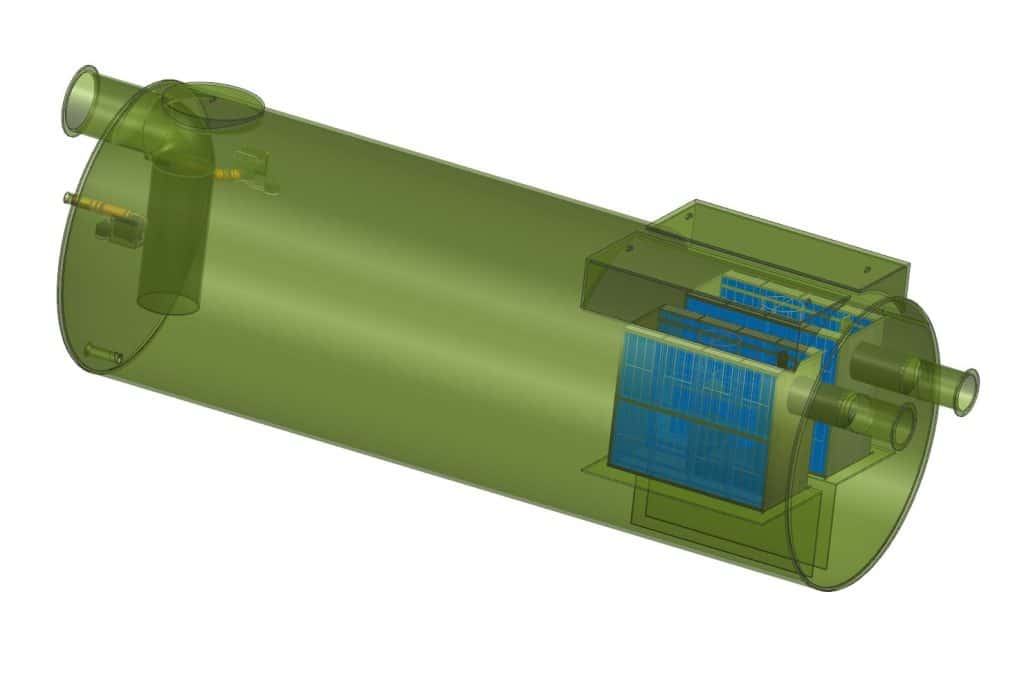
North American Hydrocarbon Discharge Limits
It’s vital for businesses in North America to follow air compressor oil water separators regulations. The 10 PPM discharge limits are key. They set the maximum amount of oil allowed in wastewater released into the environment. Companies with air compressors must make sure their systems keep oil levels low enough to meet these standards.
Understanding 10 Parts per Million (PPM)
The 10 PPM discharge limit helps keep water clean. It stops harmful pollutants from getting into waterways, which could harm the environment. Industries that handle oily waste, like the oil and gas sector, must follow strict rules.
They need to monitor and treat their waste closely. Managing condensates is a big challenge because they can have a lot of oil. Using efficient oil water separators is key to meeting these standards.
Implications for Air Compressor Operations
Staying within the 10 PPM discharge limits protects the environment and avoids big fines. If companies go over this limit, they could face heavy penalties. Local treatment plants might have even stricter rules than federal ones.
So, air compressor operators must know and follow local laws. Using oil water separators that can keep oil levels low is critical. It helps companies stay in line with regulations and keeps their operations running smoothly.
Enhanced Coalescing Technology
Enhanced coalescing technology is key in separating oil from water in compressors. It boosts the efficiency of oil water separators, meeting strict hydrocarbon discharge rules. This is vital for keeping wastewater levels low.
What is Enhanced Coalescing?
Enhanced coalescing uses new filtration methods and materials. It helps oil droplets merge into bigger ones. This makes traditional separation methods much better.
Thanks to this technology, facilities can hit separation efficiency as low as 0.1 PPM. This helps them meet environmental standards and avoid big fines.
Benefits of Enhanced Separation
One big plus of enhanced separation is reaching the 40 PPM or lower limit in treated wastewater. It also helps avoid shutdowns and huge fines, up to $100,000 a day.
These systems help companies stay in line, keeping production going smoothly and green.
Freytech’s Separation Efficiency
Freytech leads in enhanced coalescing technology, making systems that remove tiny hydrocarbons from water. Their tech boosts efficiency and cuts costs, making equipment last longer.
With a focus on automation and smart sensors, Freytech’s systems keep up with changing rules. They ensure processes are safe for the environment.
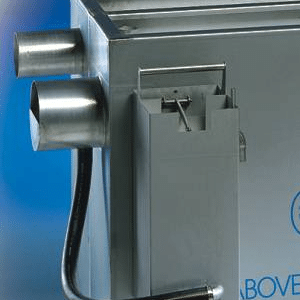
Types of Hydrocarbons Handled
Air compressor oil separation is key for managing different hydrocarbons in industrial settings. Knowing the types of oil these systems handle is vital. It ensures air quality meets regulatory standards.
Common Oil Types Separated
Common hydrocarbons include motor oil, diesel, gasoline, and jet fuel. Each oil type poses unique challenges in the separation process. For example, motor oil’s complex additives need special separation methods.
This ensures only clean water is released. It also helps prevent environmental harm.
Variability in Hydrocarbon Composition
The makeup of hydrocarbons can change a lot, depending on their source and use. This affects how well they can be separated. Additives, impurities, and differences in density and solubility can cause this variation.
This complexity demands advanced separation technology. It must be efficient and meet environmental rules. Knowing the hydrocarbons involved helps industries pick the best equipment for top performance.
The Role of Reusable Coalescing Media
In oil water separators, the media choice is key for efficiency and green practices. Reusable coalescing media offers big pluses over old filters. It saves money and cuts down on waste, as it can be cleaned and used again.
Advantages of Reusable Media
Reusable coalescing media lasts a long time. It doesn’t need to be replaced every 6 to 12 months like old filters do. This means less money spent over time. It also works better, separating oil and water more effectively.
Maintenance and Cleaning Process
Keeping oil water separators with reusable media is easy. You just need to check them often. Look for signs like lower system pressure or higher pressure differences. These mean it’s time to clean or replace it.
The cleaning process is simple. Just spray wash the media. This keeps it working well without needing to replace it right away. Proper care helps meet standards and supports the environment.
Optional Features for Efficiency
Adding optional features to oil water separators can make them work better. One key feature is the patented oil skimmer. It automatically moves separated oil to a special container.
This smart system makes sure the oil is very clean, with a purity of 99.7%. It removes almost all water from the oil.
Overview of the Patented Oil Skimmer
The patented oil skimmer is a key part of modern oil water separators. It makes the separation process easier and more efficient. The skimmer works all the time, so businesses can keep working without stopping for maintenance.
Its design fits well with other systems, helping everything run smoothly. This makes the whole process better.
Benefits of Automatic Oil Draining
Automatic oil draining systems have many benefits. They save time by not needing daily checks. They also help follow environmental rules.
These systems cut down on maintenance time by 10-15 minutes a day for each compressor. This means big savings in labor. Companies using these systems face less risk and have safer workplaces.
They also keep oil purity high, avoiding fines and meeting strict industry standards. For more on these improvements, visit optional features for oil water separators.
Environmental Impact and Sustainability
The impact of oil water separators on the environment is key. They help manage pollution risks well. By working right, they stop oil from getting into water.
This keeps pollution down and follows the rules. It also keeps local areas safe from harmful waste oil.
Reducing Pollution Risks
Advanced oil water separators really cut down pollution risks. For example, ELGi’s EG Series air compressors have very little oil spillage. This shows good oil management.
Following Title 40 Part 279 rules means companies meet EPA standards. Regular checks and upkeep of separators help catch used oil. This greatly lowers pollution risks.
Recycling Used Oil as a Valuable Commodity
Recycling used oil is a big win for air compressor users. Using IBC totes for oil storage and working with oil reclamation companies helps. This turns waste into something valuable.
This not only makes money but also shows a commitment to the planet. For more on how to manage oil well, check out this info on oil water separators from Freytech.
Conclusion and Contact Information
Following oil water separator regulations is key for legal standards and better operations. Investing in new tech and air filters helps a lot. It cuts down moisture and improves air quality, which is good for avoiding expensive fixes and keeping workers safe.
Need for Compliance and Technology
Following air purity standards helps companies avoid fines and makes air-driven machines work better. Even though top-notch filters cost more upfront, they save money in the long run. They also make equipment last longer.
Good air compressor filters are essential in making products. They keep the quality and consistency of what we make.
How to Reach Freytech Inc.
Want to know more about oil water separator rules and new filtration tech? Contact Freytech Inc. They can help businesses deal with complex rules. This improves both the environment and how well things run.


